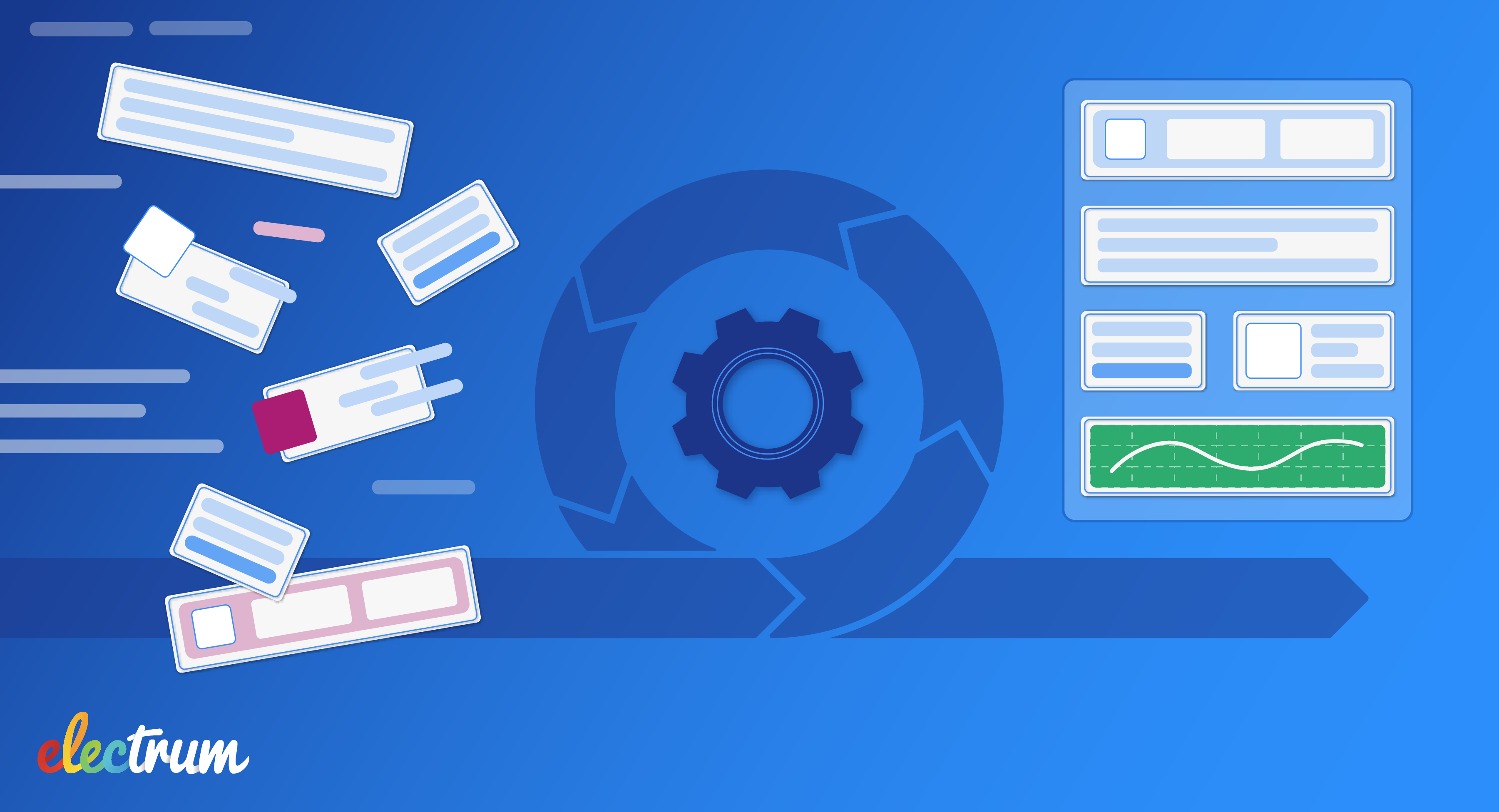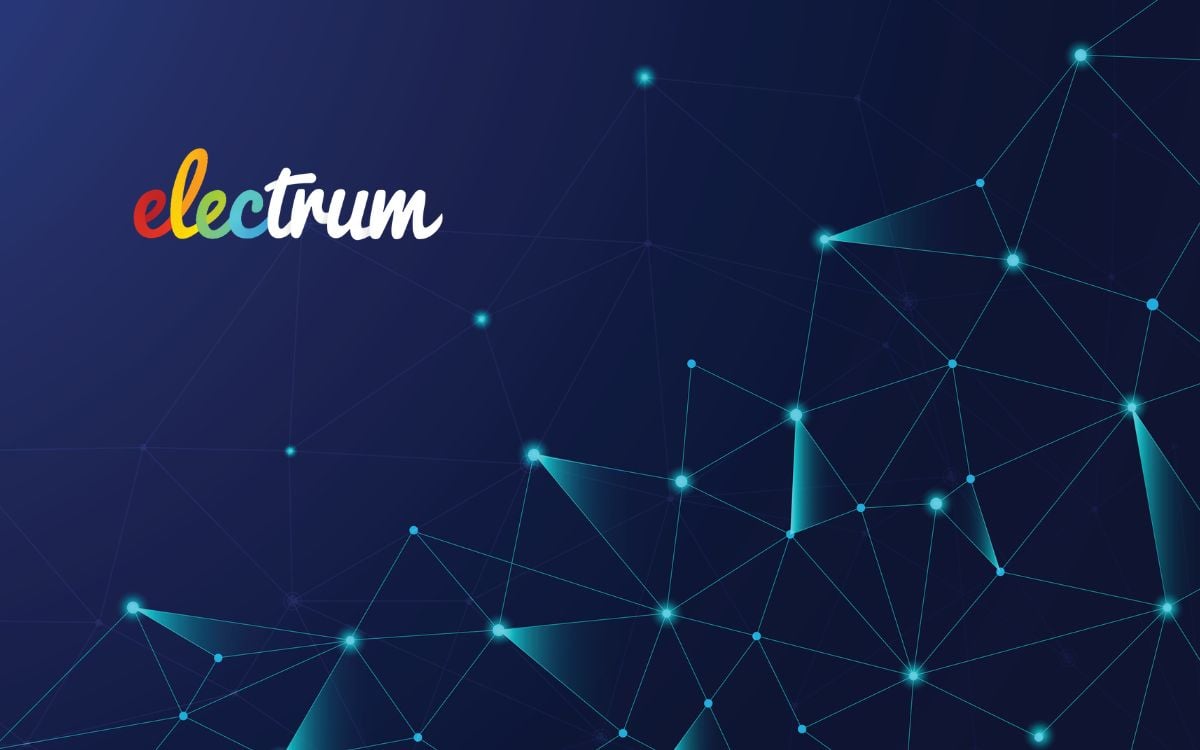
Modernisation, with next-generation technology, is a topic being discussed throughout South Africa’s payments industry. But, the question for banks is how to approach this massive undertaking and challenge. At Electrum, we believe an iterative approach will help you get new solutions to market quickly, with as few risks as possible.
Many banks operate legacy systems that were built over 40 years ago. Consumer interaction was limited: Transactions only took place between 8 am and 5 pm, only within bank branches, and there was no need for real-time processing. A prime example of outdated technology still in use is COBOL, a programming language developed in 1959 which is still operating in 43% of the world’s banking systems.
Legacy systems are becoming incapable of supporting new products and innovations entering the market, and as a result, banks are unable to respond to rising consumer expectations for digital offerings, product innovations, and fast turnaround times.
It is, however, understandable that banks are reluctant to upgrade core platforms, and specifically, their payments systems. Replacement of a payments system is extremely expensive and risky, with any changes having a widespread impact throughout the bank’s operations and channels.
A proven solution to this risk can be found with incremental or iterative modernisation. This modernisation process involves the gradual enhancement of different elements within or around (or alongside) legacy banking software. This method helps mitigate the risk of complete system failure and enables the bank to continue to operate while enhancing other areas. It is also possible to easily upgrade by adding modernisation layers in front of and behind the legacy system. This method offers a practical and efficient approach to updating software systems and moving to next-generation software without disrupting the bank’s daily operations.
| ITERATIVE MODERNISATION | |
| BENEFITS | RISKS |
| No need for a complete system halt, you can keep systems that work, working, by iteratively upgrading those that are not functioning optimally. | Resource constraints, such as sourcing the necessary technical expertise, managing multiple platforms simultaneously, and allocating sufficient time and budget for the extended process. |
| The cost is spread over a longer time (a large CapEx item is not required all at once). | Potential difficulties with integration complexities. |
| Updating in phases provides a more controlled and manageable process than full system replacement. | Extended timeline to full modernisation. |
| Simplified change management. | Effective management with a future-fit mindset to offset the risk of accumulating further technical debt. |
| Ability to prioritise updates based on business pain points. | |
| Allows you to continue developing and reworking your strategy based on seeing the results of each iterative change, and also based on further developments in the ever-evolving industry. | |
| Faster introduction of new functionality with improved operational efficiency. | |
An iterative approach enables your banking system to seamlessly evolve to future fit without you having to take an extremely risky and expensive rip-and-replace approach to modernisation. You have the opportunity to determine your most pressing pain points as a bank, and then solve these challenges step by step - helping you to think about modernising in a new way.
Ultimately, if you want to continue to remain competitive in a digitised market, modernisation needs to take place. The list of benefits to operating a modernised system with next-generation technology is extensive:
- Digital competitiveness.
- Smarter use of talent as the reliance on increasingly scarce and expensive legacy specialists is removed.
- Improved customer satisfaction.
- Reduced regulatory compliance and internal controls risk.
- Improved efficiency.
- Improved data insights to create new opportunities to serve customers.
- Future readiness.
- Flexibility and scalability through cloud-based solutions.
When choosing how and when to modernise, the right partner will play a key role. Payments technology experts, such as Electrum, have a proven and successful history of working with both legacy and modern systems. This expertise and knowledge of how to safely integrate into your system ensures that modernisation is fast, painless, and reliable.
Electrum can help you identify your business pain points and can assist with developing a step-by-step strategy for modernising.
- We do all the heavy lifting of the modernisation work so that your business isn’t impacted by resource constraints during the process.
- Integration is a core focus for us.
- We develop long-term partnerships with our clients, walking the full modernisation journey with you to help formulate and optimise your strategy.
Electrum’s solutions empower you to modernise iteratively, helping you to focus on business improvements and quickly respond to your biggest needs. Chat with us today to find out more.

Helen Whelan
Helen Whelan is a Senior Content Writer at Electrum. With a BSc (Hons) from Rhodes University, she enjoys the combination of creativity and technical topics that content creation at Electrum involves. Cats and coffee fuel her day.
Electrum Newsletter
Quarterly insights and news to help you keep up with the latest changes in the payments landscape





-Nov-21-2023-06-47-10-7922-AM.png)

